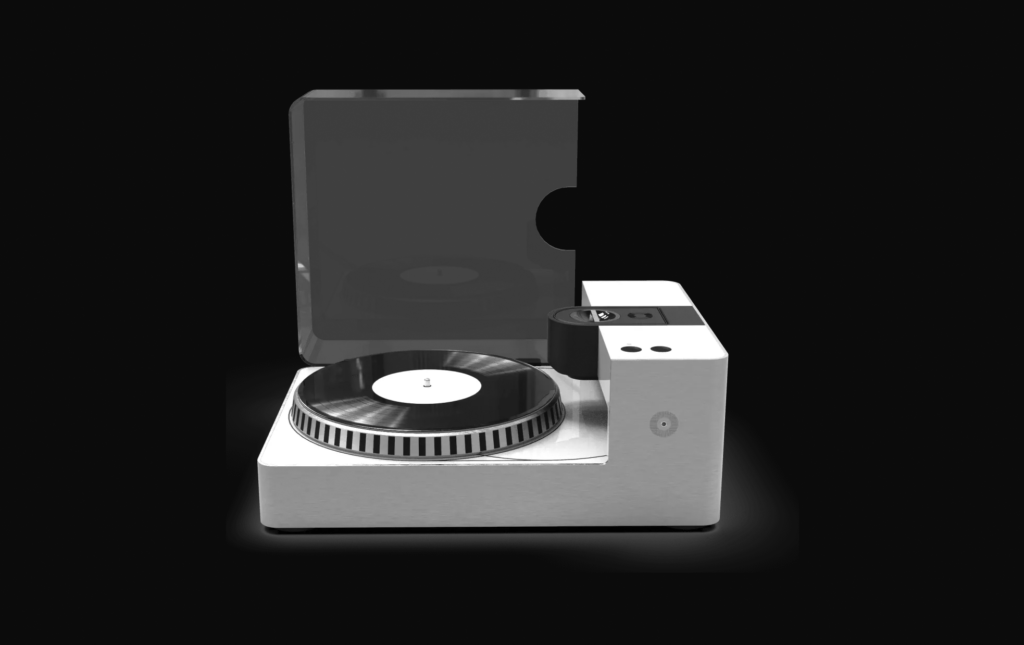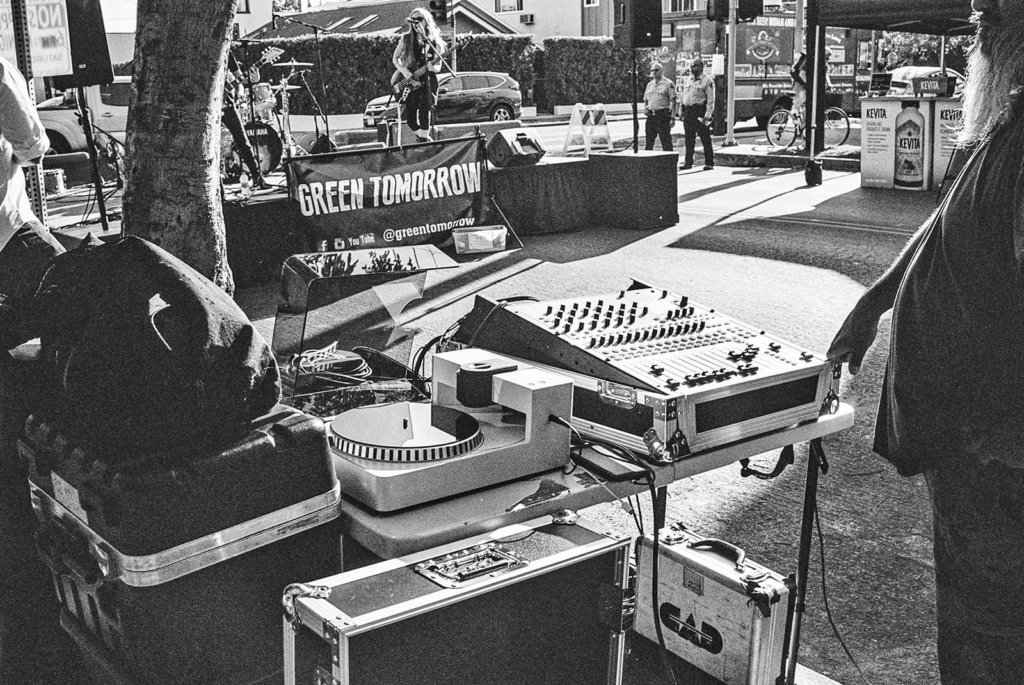A million years ago (the ’90s) when people had big ol’ box computers and brick phones, PCs suddenly could burn CD-Rs, and soon after DVDs, for archives and backups. What initially was meant for storage of digital files and photos, soon became the new blank cassette for music lovers. Now, you could burn a greatest hits CD from your collection of multiple CDs and even old cassettes. The iPod wouldn’t arrive until 2001, but there were definitely plenty of download sites slinging MP3s; and software like WinAmp, Musicmatch, and Soundjam for Macs (which would eventually become iTunes) that enabled you edit and rip from your computer. Then of course, there was Limewire and Napster and all the other fileshare P2Ps.
By 2000, everybody was making their own CDs, “mixtapes” and compilations emblazoned with markers. This was great for fans. Soon after, you could buy a stack of CD-Rs for relatively cheap and companies like Neato started making printer sheet blanks for CD face designs (remember the Stomper!), and even CD inserts. Then disc drive companies started offering different writing speeds (8x,16x, 32x, etc.) so you wouldn’t have to wait forever. You could now make a relatively proper CD with a printed faceplate, a cover and insert, even a spine to put in blank jewel cases.
But it wasn’t just fans catching on, independent bands could now skip the 1,000 minimum purchase at Oasis or Discmakers, including screen-printed complicated artwork, and do short runs on a home computer. Now, bands could print their own booking CDs that looked professional (although the blue disc grooves were a dead giveaway) and sounded great. Bands started selling these at shows too. If you had a printer and a decent computer with a read/write disc drive, it was relatively cheap per piece.
I still have fond memories of those early days, having to print 100 CDs – including labeling and cases – in time for the next show. We’d stay up all night, drinking and playing video games, just waiting for that “DING!” that signified the disc was done copying, 4 minutes at a time. Basically, we could do 12 an hour, for 8 hours, but it was worth it. Fans loved it. We could go record a demo and sell it that weekend, no need to wait 4-8 weeks. We could put a special one out for touring. We’d do multiple different color releases with bonus tracks. People collected them.
Well, what if you could do that same thing for your fans with vinyl now?
There is no doubt that vinyl is having a resurgence globally. Chances are, many of your fans are part of it. But if you’ve looked into releasing vinyl, you know the struggle. Vinyl mastering, high-volume minimums, shrink wrap, color pressing, and more, make it a huge investment without knowing whether or not your particular fans will buy it. It’s one thing to have a bunch of discs in your closet, at least those can become coasters, but a bunch of unsold vinyl records just feels wrong.
Anyone who has dealt with vinyl on a large scale knows that the actual hidden risk and huge cost comes in the form of shipping. If you could cut your own records and stay up all night sliding them into sleeves and then bring them to the shows, that would be revolutionary.
PHONOCUT aims to do just that. The tagline is great: “PHONOCUT. HOME VINYL RECORDER. High quality records at the push of a button.” Yes, it’s meant as a high-end compilation play, but that’s how CD-Rs started too. One huge difference, with PHONOCUT, in addition to feeding audio recordings into it, you can record directly to vinyl. Might seem a bit scary, but how cool is that? Imagine doing a special acoustic session. Or even just voice tracks with some accompaniment.

The team behind PHONOCUT is filled with heavy-hitting industry and creative pros: Impossible Project founder and Supersense visionary Florian “Doc” Kaps, known for rescuing Polaroid film from oblivion in 2008, in partnership with lathe master Flo Kaufmann, Internet Entrepreneur David Bohnett, and Arts Technologist KamranV.
After 4 years of development, they blew past their initial Kickstarter goal of $250,000 in around 7 hours. Now, PHONOCUT has added a stretch goal of $500,000 and as of this writing, they are only about $10k away from that goal with a few weeks to go. I expect they will do another one so check the link. The first ones are expected to ship in 2020, which gives you plenty of time to save up for one.
Now, the PHONOCUT is not cheap; no leap in technology is. This is not entirely new tech, Third Man Records and others have been recording direct to acetate, and it’s not the only direct vinyl lathe out there either, it just looks like the best, and it’s geared especially for home use. Expect all of these prices to change a bit as they get into production, but I want to breakdown some possible costs and possibilities for the independent artist/band/DJ as they stand now.
One question that will inevitably come up is quality. I assure you, they have figured this part out. The company has videos with side by side sound comparison for you to judge. Also, for the time being, let’s put aside the arguments about vinyl-specific mastering. I know it’s super important to some people, but your fans really won’t care if you deliver them a freaking vinyl signed by the band.
The basics: The PHONOCUT is a lathe, meaning it cuts grooves into a blank vinyl. The reported initial cost will be around $1,100 or so. Again, as a fun purchase that’s a bit steep, but a band could easily save up some gig money to buy one for the business. It works using a 10-inch vinyl blank, which can hold about 10 to 15 minutes of audio on each side for 30 minutes total. So, it’s not really aligned for your 10 song album, but definitely geared to an EP length, maybe 3 songs per side, or so. It can be connected to a desktop, laptop, or even phone, and comes with a companion app that helps with adjustments and formatting. The true magic is being able to seriously just plug and play, by using a jack and pushing a button you’re cutting records, live or otherwise.
Some blank media comes with it, but there are plenty of media suppliers out there and I imagine more will be coming. A quick look around finds that depending on weight, color, and shipping, you could get 10-inch blanks for about $2.75-$3.00 per piece, or $750 for 300. You’d have to also think about sleeves and covers too. Full-color standard custom prints are roughly $750 for 300 pieces or $2.50-$3 per piece. That puts you at about $5-6 a copy in materials. I would try to get to $10 profit before shipping. Selling them at a gig would cut that out. A good target price would be $12-$15.

That means you’d need roughly $3500 to buy the machine, and do a 300 run to get started, and if you sold through, you’d be profitable after just one run.
Currently, there are some limitations to consider, like it records in real time. Meaning, if you have 30 minutes of recorded audio, it’s going to take at least 30 minutes to cut the record, I imagine variable speed will be added soon. Also, I would imagine there will be the capability to do a 12 inch version, perhaps a 45 rpm (single A and B side) too, on the horizon. But for the time being, those limitations actually help the independent not get too bogged down in production.
Again, it’s only a 30 minute record in total, but you could do so many different cool releases. You could do a double album! Ooh, that’d be fun. You could release one every 3 months or so, mixing in some seasonal releases like Summer Jams, a Holiday album. DJs – you could do a kick-ass maxi-mix and go give them out to other DJs in the city. As an artist you could do a song story album; recording yourself talking a little bit about the creation or meaning of the songs and mix that with the music. You could do a Spanish side and English side of the same 3 songs. You could do a cover album of your favorite tunes by others. Speaking of which, because of the time and track limitation coupled with the low-run strategy, covers would be a cheap at $.091 per song per copy. You could do 5 covers on a run of 300 records completely legally for under $150 in mechanical licensing.
You can visit https://phonocut.com to find out more, be notified on the Kickstarter or open orders.

ABOUT THE AUTHOR
-Michael St. James is the founder and creative director of St. James Media, specializing in music licensing, publishing, production and artist development.
